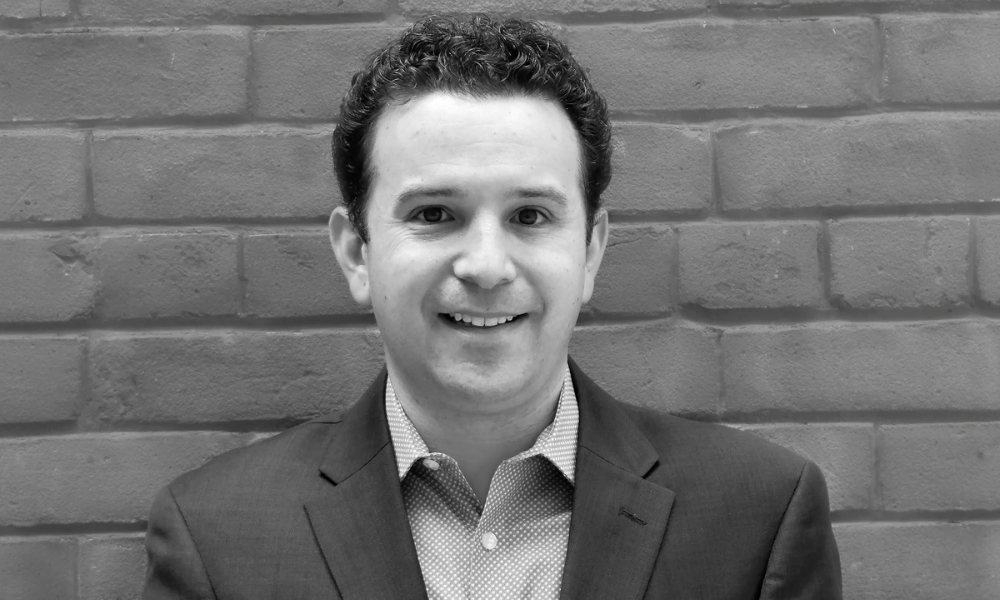‘Whether you are at the office or working remotely, the ties that bind effective performance management always come down to goals’

Managing employee performance can be challenging for HR professionals and managers. The shift to work from home due to the pandemic may have upped the difficulty level as organizations try to figure out how to handle performance management for employees who aren’t physically in the workplace.
Canadian HR Reporter spoke with Julie Derene, senior vice-president of global talent management at Ceridian in Toronto about effective performance management for remote workers.
Q: What are some performance-related challenges faced by employers during the shift to work from home?
A: “Although it is always preferable to establish clear remote work policies in advance, as companies and organizations moved to a virtual work environment almost overnight this level of preparation became almost unfeasible.
“A lack of personal connection is one challenge. We may be social distancing, but we are social beings by nature. For a remote workforce, fewer in-person interactions with coworkers can often make them feel like they’re working in silos. The inability to switch off is another. While remote work offers flexibility, it can come with a downside. With the ability to work anywhere, it can be hard for some to turn work off, leading to inefficiencies in deliverables and burnout in severe cases. Also, setting the pace — it is easy to ‘hustle’ when you’re mingling with your team and the knock-on effect it has on groups that work together in a shared space. It’s harder to communicate that urgency via Slack or email.”
Q: What are some key elements of effective performance management?
A: “Whether you are at the office or working remotely, the ties that bind effective performance management always come down to goals. To make the transition to virtual seamless, we need to be really specific with employees on how they directly contribute to the company or department’s priorities. These conversations need to have a regular cadence in short cycles.”
Q: How can employers best keep connected to remote workers?
A: “Managing a remote team can require leaders to employ a different set of leadership skills. Even if your operations are airtight, it’s critical to maintain regular, effective communication and nurture a shared sense of purpose with remote team members.
“Managers should create a space where employees feel safe being their authentic selves. One way to do this is to take the lead at the start of meetings and have a light-hearted conversation. This can be a great way to ease tension during these difficult times and portray another side to a person that may have been previously established by the ‘watercooler.’ Making and taking the time to interact with others and being conscious about their individual needs are important aspects of remote work.”
Q: How can employers inspire high performance in work from home?
A: “There are aspects of managing an employee's performance that remain consistent, regardless of the current working arrangement. Employees who are working outside of the office — especially those new to remote working arrangements — can feel disconnected from company goals. Defining expectations will help remote employees clearly understand what their role is and what the expectations are. According to McKinsey, defining clear objectives and key results (OKRs) and communicating goals and outcomes, is an essential part of providing the workforce with necessary structure to retain employee engagement and increase productivity. Communicating expectations will be paramount as business environments continue to change and adapt to new ways of working.”
Q: What are some warning signs that performance may be falling off for remote workers?
A: “While it’s easier to spot who’s productive and who’s not in an in-person environment, with all the distraction that comes with working from home there are a couple warning signs if performance is waning. One is a steady decline in productivity — if someone is normally a top performer and managers begin to notice a dip, they can ask questions to learn more about the employee’s goals, current realities and the full scope of the situation, and then create different options to move forward. Another is if people are continuously making mistakes — a sure sign of things not working out may be a sudden rise in sloppy errors, missed deadlines or repeatedly following-up on deliverables. Managers should continuously check in with their people and define expectations — especially as they relate to potentially rapid changes in business goals and direction.”
Q: How should performance reviews be conducted virtually?
A: “Traditional performance reviews are outdated and often don’t add value to your people or your business. Building a culture of continuous feedback is key. Talk to your employees about their aspirations, goals and performance during weekly status updates, scheduled reviews, and in-the-moment conversations. Real-time, two-way communication drives positive behaviour change and performance outcomes.”




